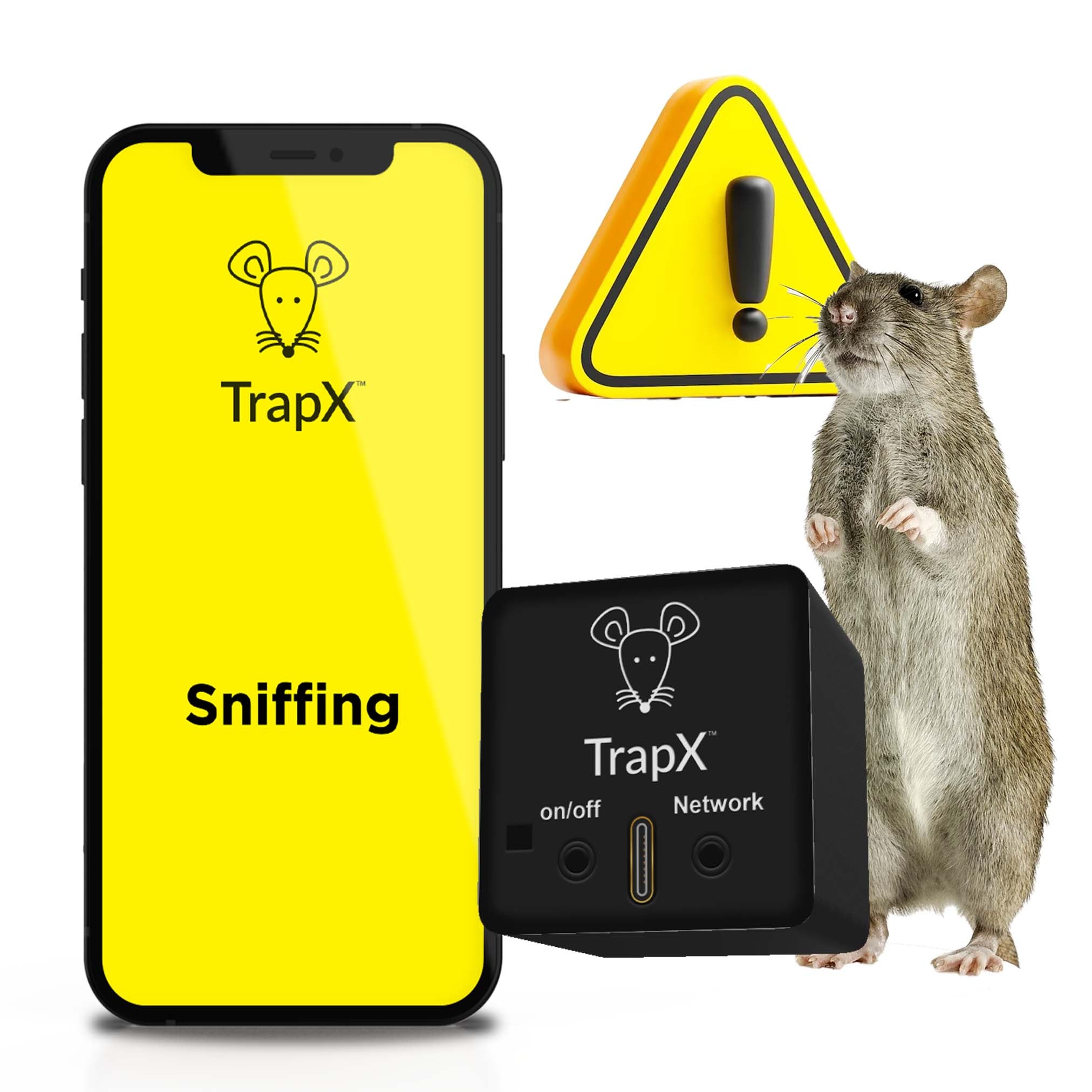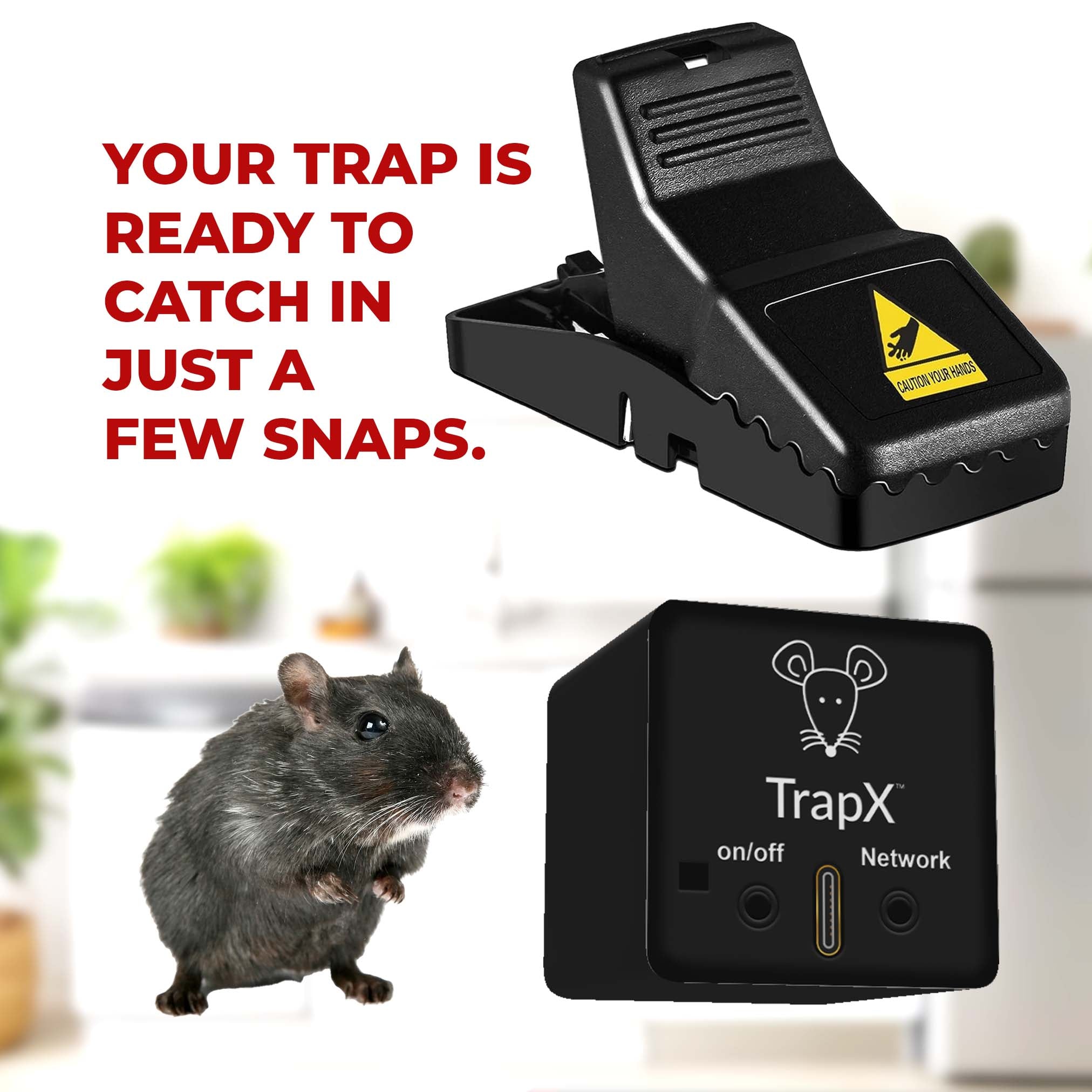The Ultimate Guide to Building a 5 Gallon Bucket Mouse Trap
Share
The Ultimate Guide to Building a 5 Gallon Bucket Mouse Trap is an incredibly useful resource for anyone looking to manage mouse problems in an efficient and humane manner. This article offers a step-by-step process on how to create a simple yet effective mouse trap using just a few materials. Building your own mouse trap can save you money and help control unwanted critters in your space.

Understanding the Mouse Problem
Mice can be a nuisance, especially when they invade our homes or garages. Understanding why they enter our homes is critical to preventing and dealing with them. Mice enter looking for food, shelter, and security. Our homes offer this, making them ideal spots for these little creatures.
Why Choose a Bucket Trap?
Using a bucket trap is an excellent way to control mouse populations without causing harm. Many traditional traps are lethal, whereas a bucket trap provides a humane alternative. If you are looking for a solution that effectively handles the issue, the bucket mouse trap is a fantastic choice.

Materials Needed
Before you start building, gather the following materials:
- 5-gallon bucket
- Wooden dowel or stick
- PVC pipe (optional)
- Peanut butter or bait
- Water (optional)

Step-by-Step Instructions
Step 1: Prepare the Bucket
Start with a clean 5-gallon bucket. Make sure there are no remnants of any liquid or dirt that might deter mice from entering.
Step 2: Set Up the Dowel
Drill holes on opposite sides of the bucket at the top. Insert the wooden dowel. This will serve as a balance point and a rod for the mice to reach the bait.
Step 3: Add Bait
Using peanut butter is an effective way to attract mice. Place it on the far end of the dowel. This should be positioned far enough to encourage the mouse to reach out for the bait.
Step 4: (Optional) Use PVC Pipe
If you want a more advanced trap, consider adding a piece of PVC pipe. This can make it easier for mice to access the bait without becoming suspicious.
Step 5: Position the Bucket
Place the bucket in areas where you've previously seen mouse activity. Typical spots include corners of the room, near food supplies, or basements.

Tips for Effective Trapping
Regular Checks
Make sure to check the trap frequently to ensure that trapped mice are dealt with in a humane manner.
Use Multiple Traps
If you've seen signs of multiple mice, consider setting up several traps around the area.
Keep It Clean
Ensure that the area around your trap is clean so that it continues to attract mice without any distractions.
Maintaining the Bucket Trap
Over time, your bucket may become dirty or less effective. Regularly clean the bucket and replace any bait to keep attracting mice.
Conclusion
In conclusion, The Ultimate Guide to Building a 5 Gallon Bucket Mouse Trap provides a simple, humane, and effective solution for anyone dealing with a mouse issue. Enjoy the process of building and improving your traps while keeping your environment pest-free! For more on humane trapping methods, you might find no-kill mouse traps useful.
Frequently Asked Questions
1. Is this trap humane?
Yes, the bucket trap can be designed to be humane, allowing you to release the caught mice back into the wild.
2. How often should I check the trap?
Check the trap at least once a day to minimize stress on trapped mice.
3. Can I use other types of bait?
Yes, if peanut butter doesnt work for your situation, you can try other attractive foods like cheese or sunflower seeds. Read more on mice behavior to understand their preferences.
4. Where should I place my mouse traps?
Place traps in areas where you have seen signs of mouse activity, like droppings or gnaw marks. For optimal placement, consult our bucket mouse traps guide.
5. What do I do with trapped mice?
Release them far from your home or property, ensuring they will not find their way back. Learn more about humane release methods from this Smith's Pest Management guide.
6. Is there a video tutorial available?
Yes! Watch this YouTube video to see the process in action.
As an Amazon Associate, I earn from qualifying purchases.
